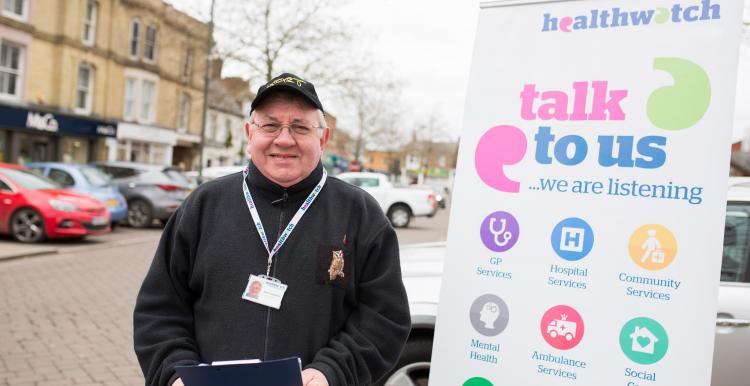How to communicate better with people with hearing loss

Did you know? There are 12 million people in the UK with hearing loss, with around 70% of people over the age of 70 experiencing some form of hearing loss. It is therefore essential that health and social care professionals find effective ways to communicate during remote appointments.
Those with hearing loss often rely on visual cues such as lip reading or facial expressions during a conversation. Remote appointments on the telephone or talking to someone who is wearing personal protective equipment such as a mask can make things more difficult.
The Accessible Information Standard puts a legal requirement on all care providers to identify people’s communication needs and provide information in their preferred format. Even during these unprecedented times, these accessible standards must be met.
Ask about people’s communication needs
It is important to find out people’s communication needs so that you can try and make sure they can understand the advice they are being given.
Here are some tips provided by Action on Hearing Loss:
- Instead of using the telephone, if possible, use video conferencing tools.
- Some video conferencing platforms have 'live captioning' - this is where the software turns the spoken word into captioned text.
- There are national relay services you can use, such as RelayUK for people with hearing loss.
- Check if the person you are talking to is wearing a hearing aid and that it is working correctly. If not, contact your local audiology department for advice or a personal listener to amplify sound.
- There are live speech-to-text apps, although the accuracy cannot be guaranteed, such as Live Transcribe (available on Android and iPhone devices). If you use these always make sure you check the patients understanding.
- There are video relay services, such as InterpreterNow, for British Sign Language users.
Important communication tips
Where lip reading is possible:
- Make sure the room is well lit
- Make sure you directly face the person or camera
- Get the persons attention before speaking
- Use normal lip movements, facial expressions and gestures.
Where lip reading is not possible and the person you are talking to cannot use visual cues:
- Speak clearly – avoid shouting or speaking unnecessarily slowly
- Say things differently – if you are asked to repeat something try and use alternative words and phrasing
- Check understanding – ask the person to repeat the information back to you
- Use plain language – be clear and straight to the point
- Reduce background noise
- Where possible always follow up with written information
- Speak to a friend or relative – if requested by the patient.
22 + Statistics on hearing loss and hearing aids
Aging in Place, has published an article covering statistics about hearing loss and hearing aids.
